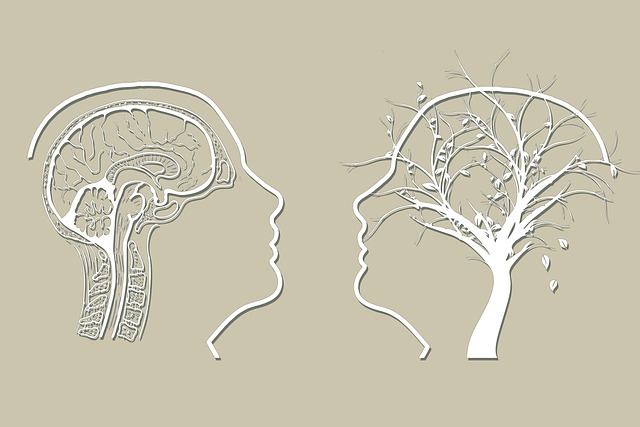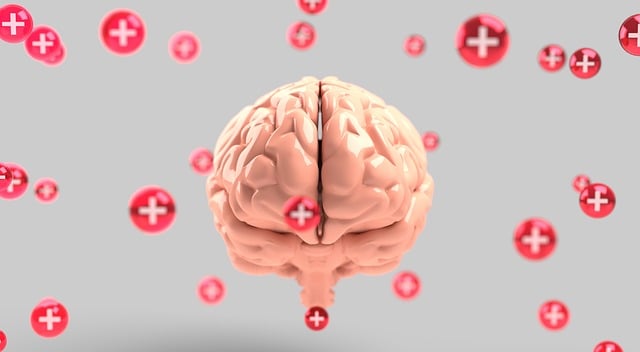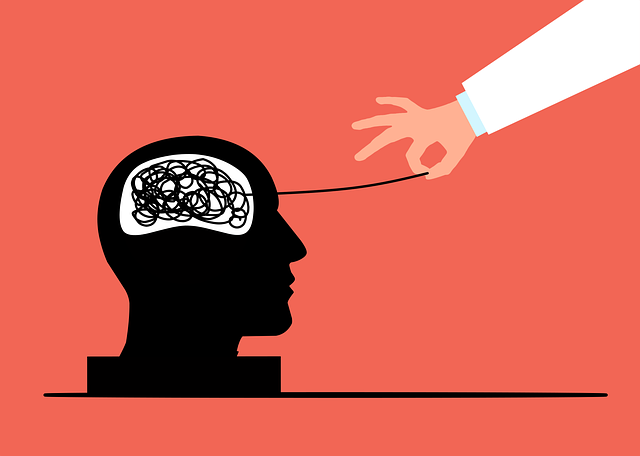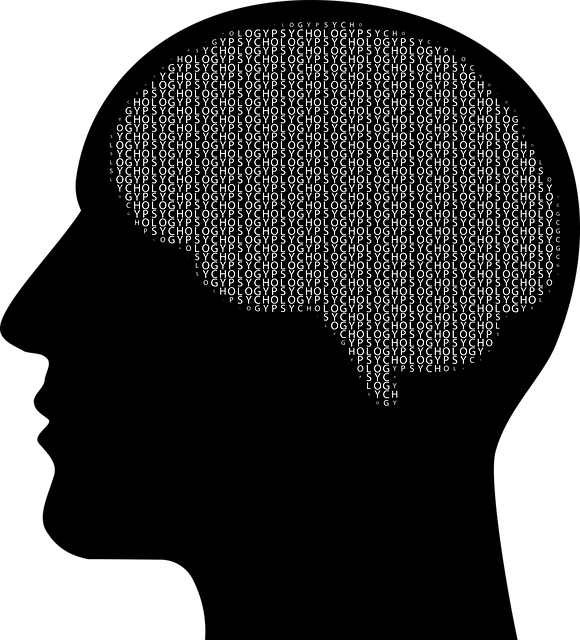Mental health data analysis begins with understanding patient demographics, symptoms, and therapy progress through electronic records and surveys. Preparation involves cleaning and organizing data, while subsequent analysis uses statistics and visualization to uncover trends. Conflict resolution and self-care ensure data integrity. By examining metrics like therapy sessions and symptom reports over time, professionals identify patterns, high-risk groups, and effective interventions. Therapists interpret data into actionable steps, refining personalized care for long-term well-being, as seen in the practices of Highlands Ranch Sexual Addiction Therapy.
Mental health data analysis is a powerful tool in understanding and addressing psychological well-being. This process involves collecting, preparing, and interpreting vast amounts of information to gain valuable insights. In this article, we explore the art of analyzing mental health data and its practical applications. From understanding data collection methods to uncovering hidden patterns and translating findings into actionable therapy steps, we delve into strategies that can enhance treatment, especially relevant to Highlands Ranch Sexual Addiction Therapy.
- Understanding Mental Health Data: Collection and Preparation
- Analyzing Patterns: Uncovering Insights from Numerical Data
- Interpreting Results: Translating Data into Actionable Steps for Therapy
Understanding Mental Health Data: Collection and Preparation

Understanding Mental Health Data is a crucial step in any analysis process. Collectible data on mental health includes various factors such as patient demographics, symptoms, treatment history, and progress notes. This data can be obtained from electronic health records, surveys, clinical interviews, and observations. In Highlands Ranch Sexual Addiction Therapy, for instance, professionals meticulously document client sessions to track changes over time, which is vital for effective therapy.
Preparation of this data involves cleaning and organizing it to ensure accuracy and consistency. This process may include removing duplicates, handling missing values, and standardizing formats. Once prepared, the data can be analyzed using statistical methods and visualization tools to identify trends, correlations, and outliers. Incorporating conflict resolution techniques and self-care routine development for better mental health (and engaging in effective self-care practices) are essential during this phase to maintain data integrity and ensure the analysis reflects the true picture of patient experiences and outcomes.
Analyzing Patterns: Uncovering Insights from Numerical Data

In the realm of mental health data analysis, one of the most powerful tools is the ability to uncover patterns within numerical data. By delving into statistical trends, researchers and therapists can gain valuable insights that shed light on various aspects of client outcomes and treatment effectiveness. This process involves meticulous examination of metrics such as therapy session frequencies, medication adherence rates, and self-reported symptoms over time. For instance, a thorough analysis might reveal recurring patterns in anxiety levels among individuals seeking Highlands Ranch Sexual Addiction Therapy, pointing towards specific triggers or effective interventions.
Understanding these patterns can lead to significant improvements in treatment strategies. Therapists can identify high-risk groups or situations that contribute to mental health deterioration, allowing them to offer targeted support. Moreover, by analyzing data related to self-esteem improvement and confidence boosting, professionals can refine their approaches to better meet individual needs. Such insights are crucial for personalized care, ensuring that treatments not only address immediate concerns but also foster long-term well-being.
Interpreting Results: Translating Data into Actionable Steps for Therapy

When interpreting mental health data, therapists must go beyond raw numbers and identify patterns that tell a story unique to each client. This involves translating complex data into actionable steps for therapy, ensuring that insights from assessments and observations directly inform treatment plans. For instance, in the context of Highlands Ranch Sexual Addiction Therapy, data might reveal recurring themes or triggers associated with compulsive behaviors. Through meticulous analysis, therapists can then tailor interventions, such as incorporating Compassion Cultivation Practices or Self-Awareness Exercises, and even guiding clients through Mindfulness Meditation practices, to address these underlying issues effectively.
The process requires a nuanced understanding of the client’s experiences and a commitment to ethical interpretation. By bridging the gap between data and practice, therapists empower individuals to gain deeper insights into their mental health, fostering personal growth and recovery. This approach not only enhances the therapeutic outcome but also ensures that treatment strategies remain dynamic and responsive to each client’s evolving needs.
Mental health data analysis is a powerful tool for therapists, enabling them to offer more personalized and effective treatment. By understanding, collecting, analyzing, and interpreting mental health data, professionals like those at Highlands Ranch Sexual Addiction Therapy can identify patterns, gain valuable insights, and develop tailored strategies. This approach not only improves therapeutic outcomes but also ensures that care remains responsive to each individual’s unique needs.














